Have you ever traveled on a large railway network? If not, the train system in Japan will be quite an overwhelming experience at first. Follow these few tips to make your traveling more efficient.
At the core of Japan’s transportation network is the railway system. There are three main types of railways:
- Shinkansen (bullet train)
- JR Line (regional inter-city express)
- Metro (subway)
Technically, the first two are part of the JR group railway system, but they are different types of trains so I’ve placed them in separate categories. You can click on the links for more detail about these trains and railway systems. For now, here are some of my tips:
Tip #1: Get a Rail Pass
Visitors to Japan have an opportunity to purchase a Japan Rail Pass that is valid for unlimited travel on all lines of the Japan Railways (JR) Group. This includes all JR lines as well as the Shinkansen. For other lines including the metro/subway lines, separate tickets must be purchased.
This pass is only available to foreigners, and it must be purchased before entry into Japan.
Simply flash your rail pass to the attendant as ask him/her what track to take. Because the network is so comprehensive, it can take some time to get around on your own. Read more about the Japan Rail Pass to see what your options are.
Note: If your stay in Japan is short, and you’re only staying in one city (i.e., no plans for traveling via bullet train), it will probably be less expensive to do without this pass.
Tip #2: Raise Your Hand (If You’re a Man)
Because the train can be so jam-packed, there have been incidents of groping. Consequently, some lines such as the Midosuji Line in Osaka are reserved for women only during weekday business hours. If you’re a male, consider using the overhead handles to avoid any possible inadvertent groping.
Tip #3: Push, Don’t Shove
It is common protocol to push people as you enter a full car. If there’s room, the crowd will shift to make way for you. If you walk in and you’re literally at the door, don’t be surprised if 8-10 more people behind you make their way inside as well.
Follow these tips, along with the pedestrian protocol tips in the previous post, and you can get around with the trains just fine.
This is Tokyo’s Shinagawa Station when it’s not so busy:
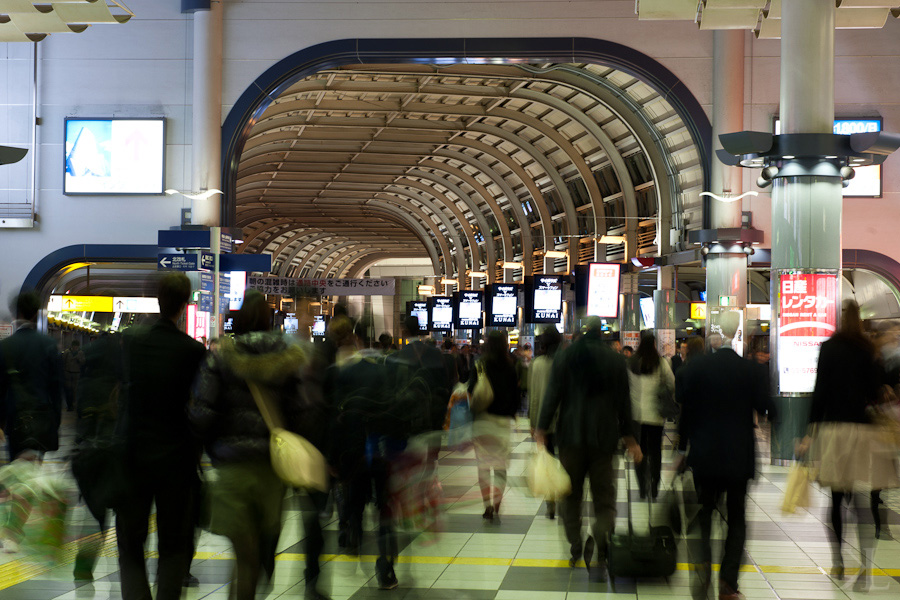
Japan is the cleanest country I’ve ever been to; even the subways are cleaner than most public places I’m used to seeing.
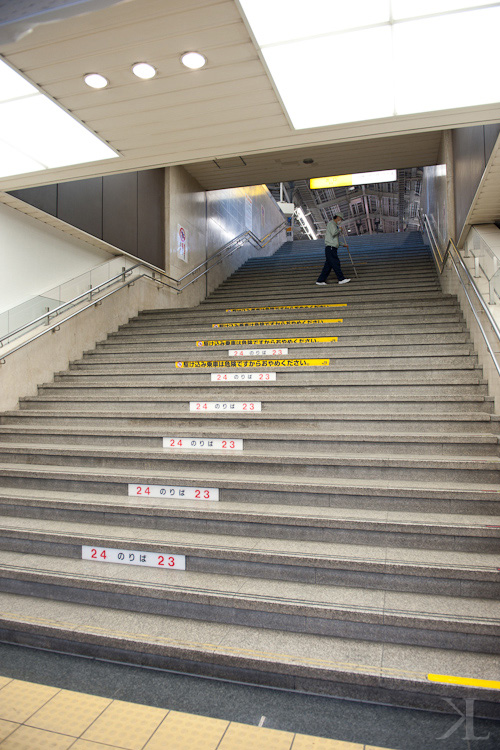
The Shinkansen Nozomi is one of Japan’s super express (a.k.a. “bullet”) trains.
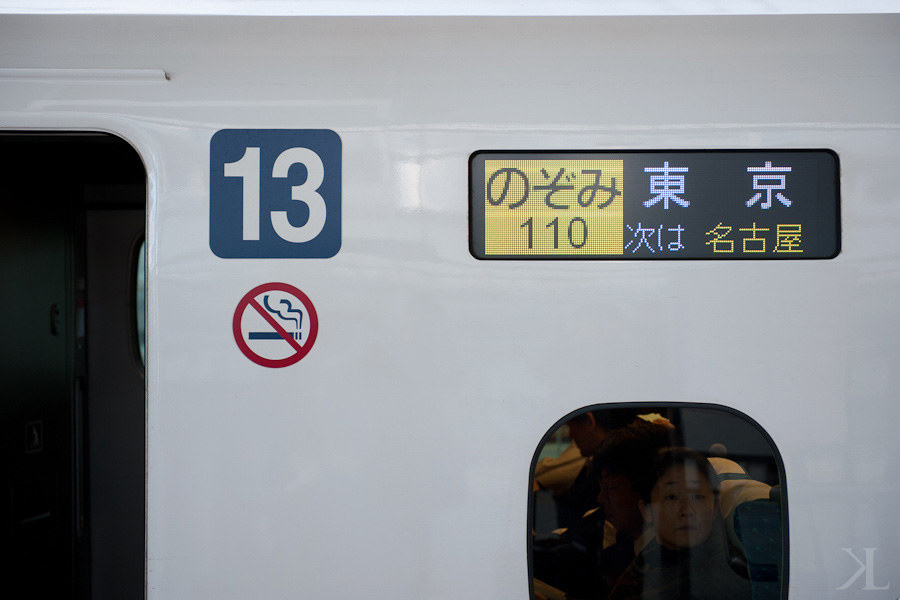
Take a look at how clean the tracks are; no litter in site.
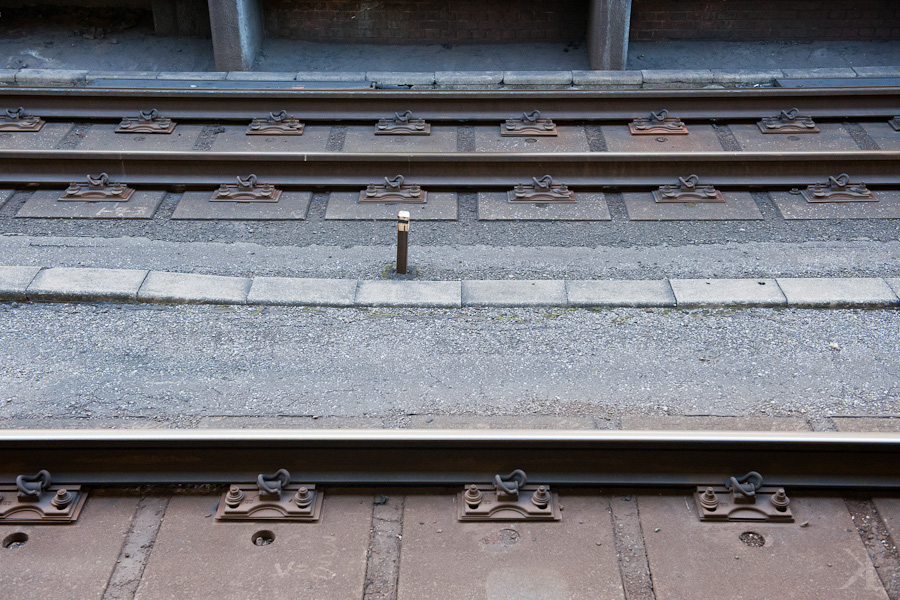
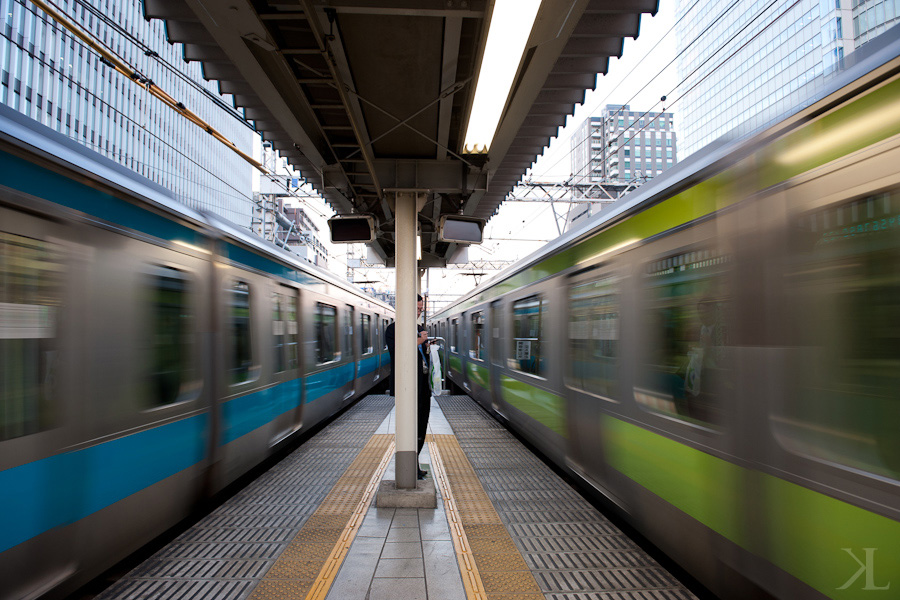
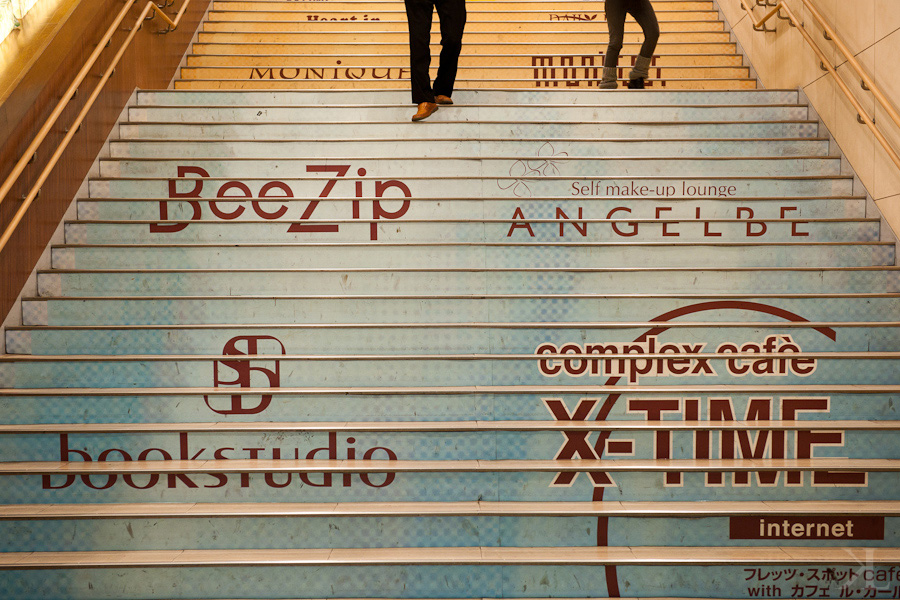
Did you know that Tokyo’s Shinjuku Station is the busiest train station in the world with ~3.5 million passengers traveling through every day?
Leave a comment if you found this post useful. 🙂








Nice(You’re making me miss Japan)! Did you set up a tripod in the train station?
Hi Myra! Yes, tripod! 🙂
Love all your photos! 🙂